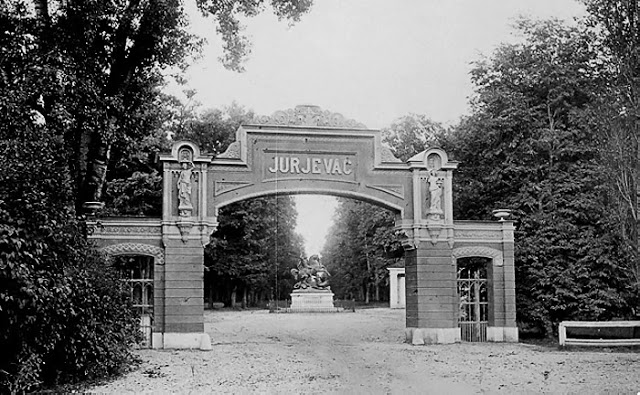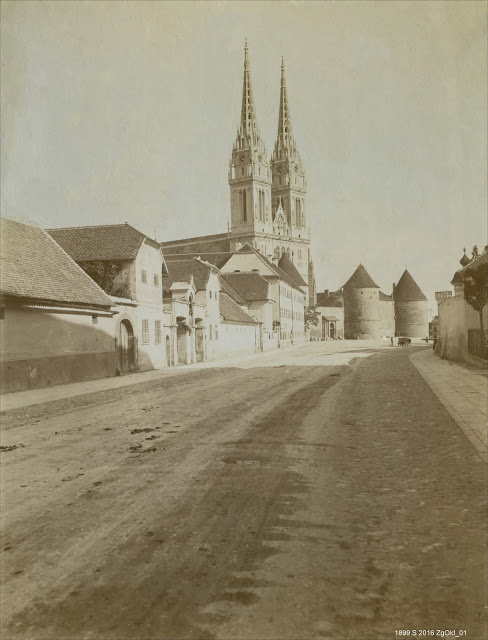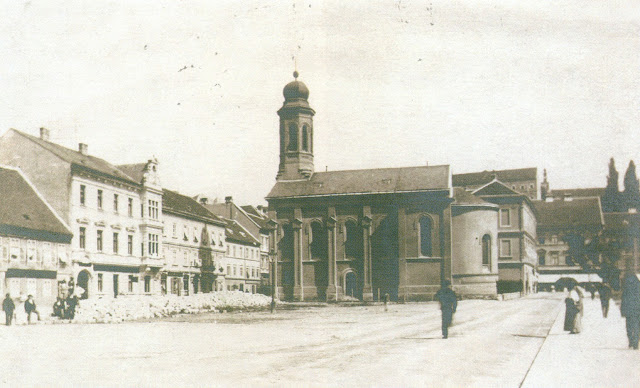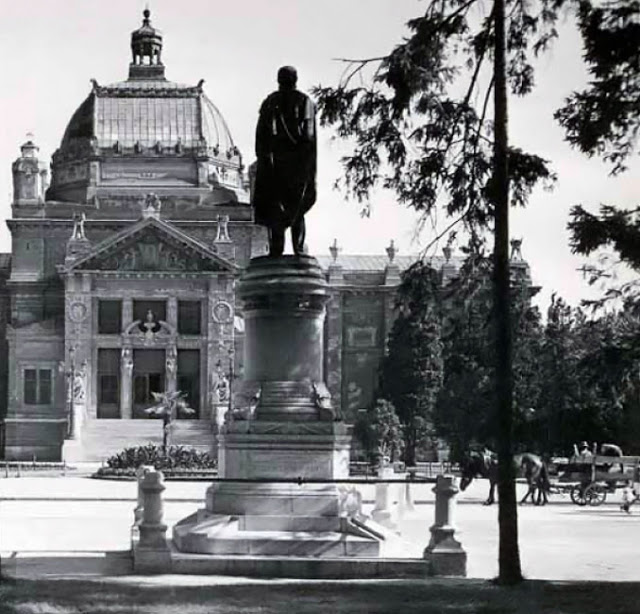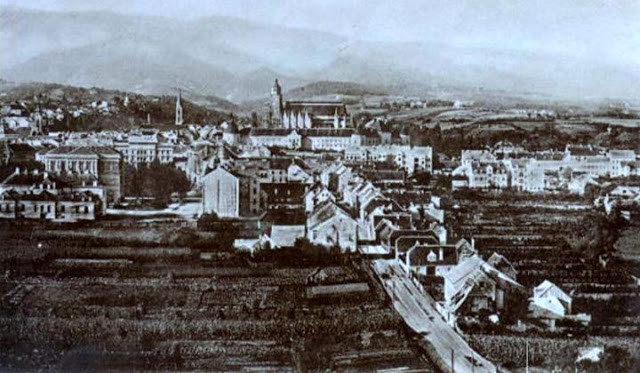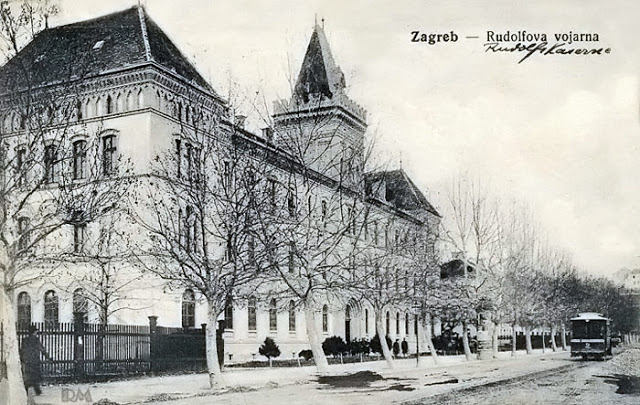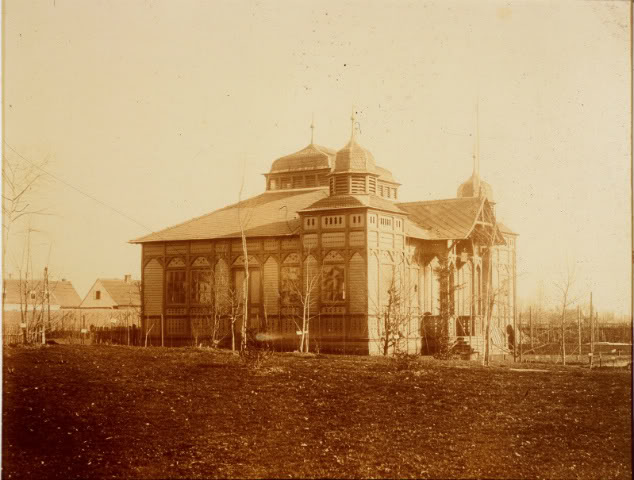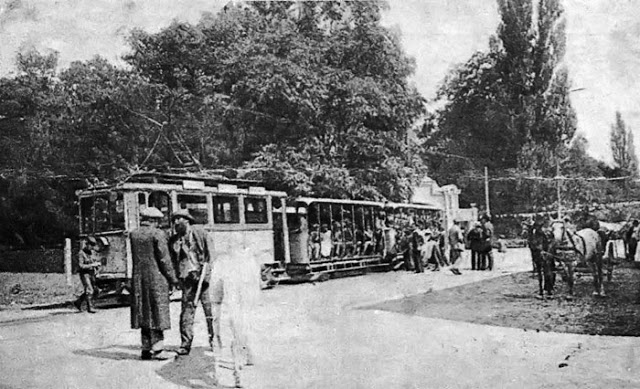Zagreb is a city with a rich history dating from the Roman times to the present day. The oldest settlement in the urban area of the city is Andautonia, a Roman settlement in the place of today’s Ščitarjevo. The name “Zagreb” is mentioned for the first time in 1094 at the founding of the Zagreb diocese of Kaptol, and Zagreb became a free royal town in 1242, whereas the origin of the name still remains a mystery in spite of several theories.
One of them is that when Slavs arrived in the area they named their settlement as Za-agram, meaning a place behind, or near Agram. The name was given to the place in the same manner as the names for Zagora, or for Zagorje, or for Zadar. Through a linguistic change the final consonant in Za-agram morphed into a “b” , and “Zagrab” became a Zagreb.
In 1851 Zagreb had its first mayor, Janko Kamauf, and in 1945 it was made the capital of Croatia when the demographic boom and the urban sprawl made the city as it is known today.
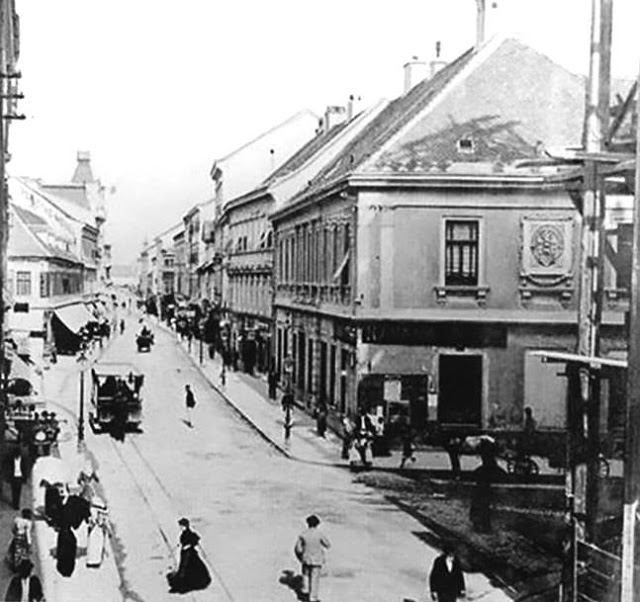
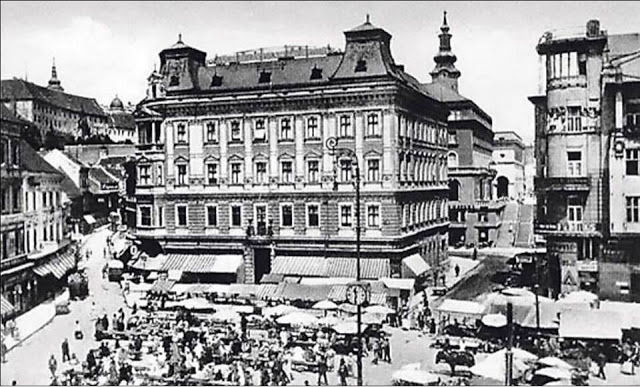
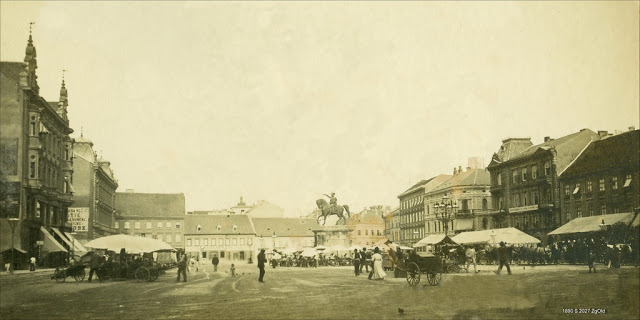
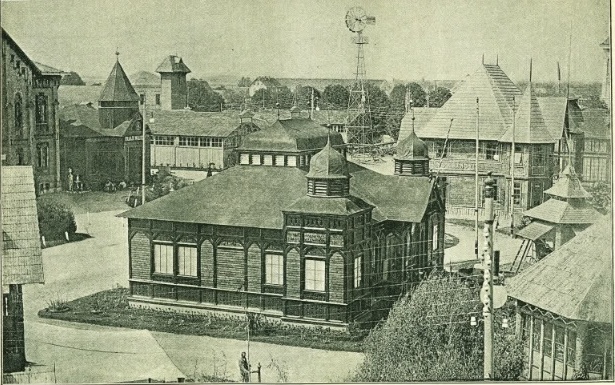
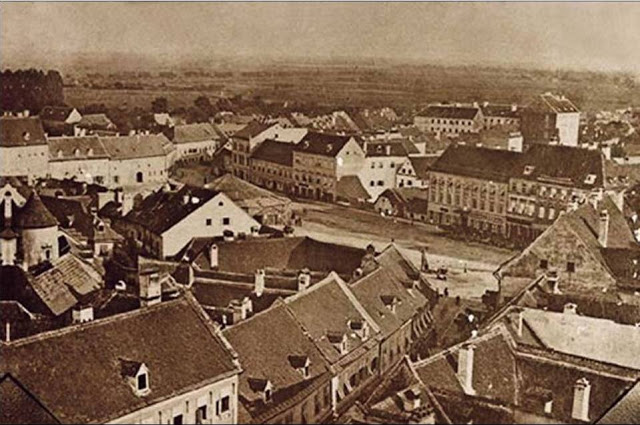
Zagreb has a special status in the Republic of Croatia’s administrative division and is a consolidated city-county (but separated from Zagreb County), and is administratively subdivided into 17 city districts, most of them being at low elevation along the river Sava valley, whereas northern and northeastern city districts, such as Podsljeme and Sesvete districts are situated in the foothills of the Sljeme mountain, making the city’s geographical image rather diverse. The city extends over 30 kilometres (19 miles) east-west and around 20 kilometres (12 miles) north-south.
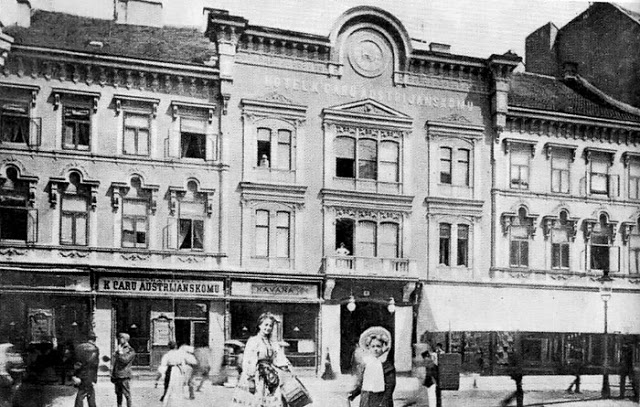
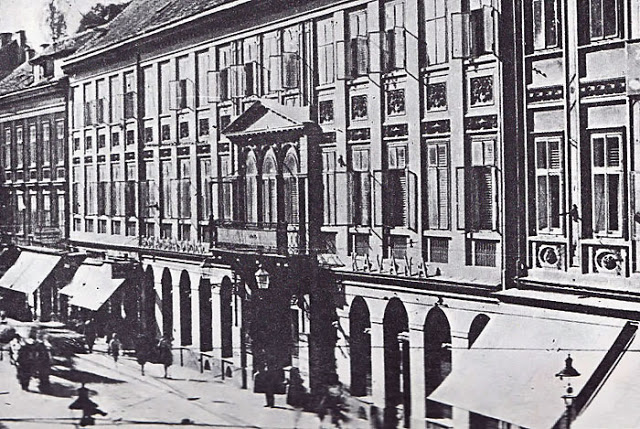
It is difficult to decide which period in the city’s history to consider “Old Zagreb,” as popularized by Gjuro Szabo, an admirer of the Zagreb antiquities and a promoter of their conservation. Zagreb’s origins are ancient and influenced by legend due to the absence of manuscripts or sufficient archaeological finds from those times. However, Zagreb does have much history. “Old Zagreb” was two settlements situated on two neighboring hills, Gradec (also known as Gornji Grad) andKaptol, and the houses lying in the valley between them along the former Medveščak creek (today’s Tkalčićeva Street) and those at the beginning of Vlaška Street III beneath the bishopric (later archbishopric).
Old Zagreb displays the continuity of urban settlement from the thirteenth century to early 1900’s. The existence of the settlement Kaptol on the east slope was confirmed in 1094, when King Ladislaus founded the Zagreb bishopric. The bishop, his residence and the Cathedral had their seat in the southeast part of the Kaptol hill. Vlaška Ves, situated in the close vicinity of the Cathedral and under the bishop’s jurisdiction, was first mentioned in 1198. Kaptol Street ran from the south to the north across the Kaptol terrace with canons’ residences arranged in rows alongside. Kaptol derives its name from “capitulum,” the Latin word for a group or body of canons. The canons also ruled this settlement. In 1334, the canons of Zagreb established a colony of Kaptol serfs in the vicinity of their residences, north of Kaptol. This was the beginning of a new settlement called Nova Ves (the present day Nova Ves Street).
